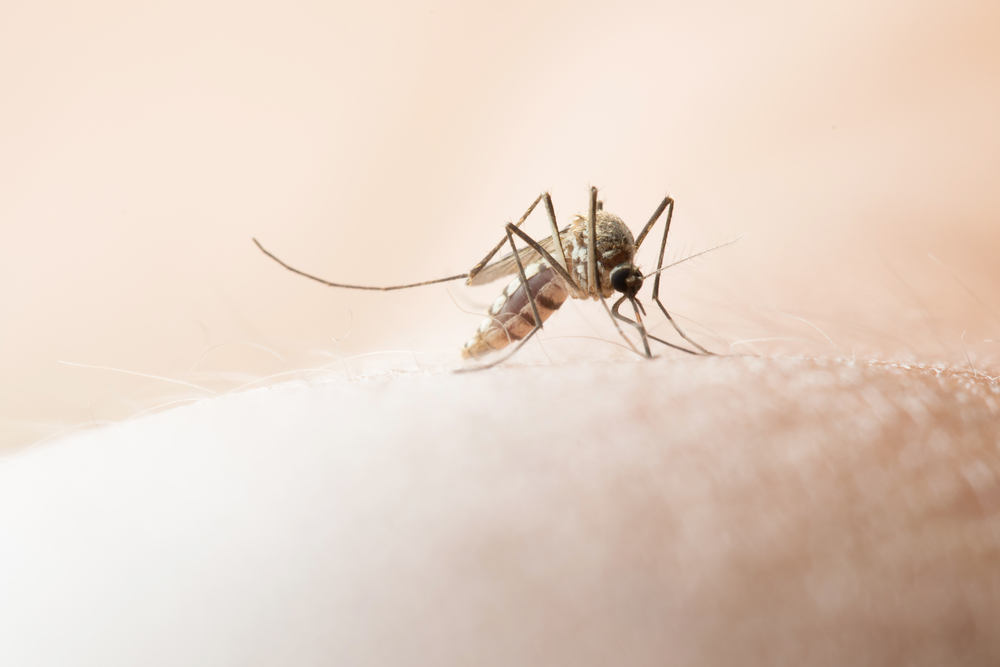Brugian filariasis, a mosquito-borne parasitic disease, is one of the neglected tropical diseases that predominantly affects communities in Southeast Asia.
Caused by the roundworms Brugia malayi and Brugia timori, the disease leads to severe lymphatic dysfunction and long-term disability. In this article, we’ll delve into the prevalence of Brugian filariasis in Asia, its transmission, symptoms, and available interventions.
Prevalence in Asia: Assessing the Impact
The World Health Organization (WHO) estimates that around 13 million people are infected with Brugian filariasis worldwide, with the majority of cases occurring in Southeast Asia. Indonesia, Malaysia, and the Philippines are among the countries with the highest prevalence rates. In Indonesia alone, over 70 million people are at risk of infection, with nearly 5 million living in endemic areas.
Transmission: The Mosquito’s Role
Brugian filariasis is transmitted to humans through the bite of infected mosquitoes, particularly the Mansonia and Anopheles species. The mosquitoes become infected when they bite an individual carrying the microscopic larvae of Brugia malayi or Brugia timori. When an infected mosquito bites a human, the larvae enter the skin, travel to the lymphatic system, and develop into adult worms, causing lymphatic dysfunction.
Symptoms and Complications: When Infection Takes Its Toll
Initially, at the early stages of infection, individuals with Brugian filariasis may not exhibit any symptoms. However, as the disease progresses, it can cause a range of symptoms, including:
- Swelling of the limbs (lymphedema)
- Swelling of the genitalia (hydrocele)
- Recurrent skin infections
These symptoms can lead to long-term disability and social stigma, significantly impacting the quality of life for those affected. The most severe form of lymphatic dysfunction is known as elephantiasis, characterized by extreme swelling of the limbs or genitalia.
Interventions: Combating Brugian Filariasis
Currently, Efforts to control and eliminate Brugian filariasis in Asia focus on the following strategies:
- Mass drug administration (MDA): The distribution of antiparasitic drugs, such as diethylcarbamazine (DEC) or ivermectin, in combination with albendazole, to entire at-risk populations. This approach aims to reduce the number of parasites circulating in the blood and interrupt transmission.
- Vector control: The use of insecticide-treated bed nets, indoor residual spraying, and environmental management to reduce mosquito populations and decrease the likelihood of disease transmission.
- Morbidity management and disability prevention: Providing care and support to those already affected by the disease, including treatment for lymphedema, hydrocele surgery, and psychosocial support to reduce stigma.
Conclusion: The Path Towards Elimination
Brugian filariasis remains a significant public health concern in Southeast Asia, causing long-term disability and negatively impacting the lives of millions of people. Through concerted efforts to implement mass drug administration, vector control measures, and morbidity management, it is possible to reduce the prevalence of the disease and move towards elimination. Increased awareness, political commitment, and funding are crucial to ensure that the fight against Brugian filariasis continues, ultimately improving the lives of those affected in the region.













